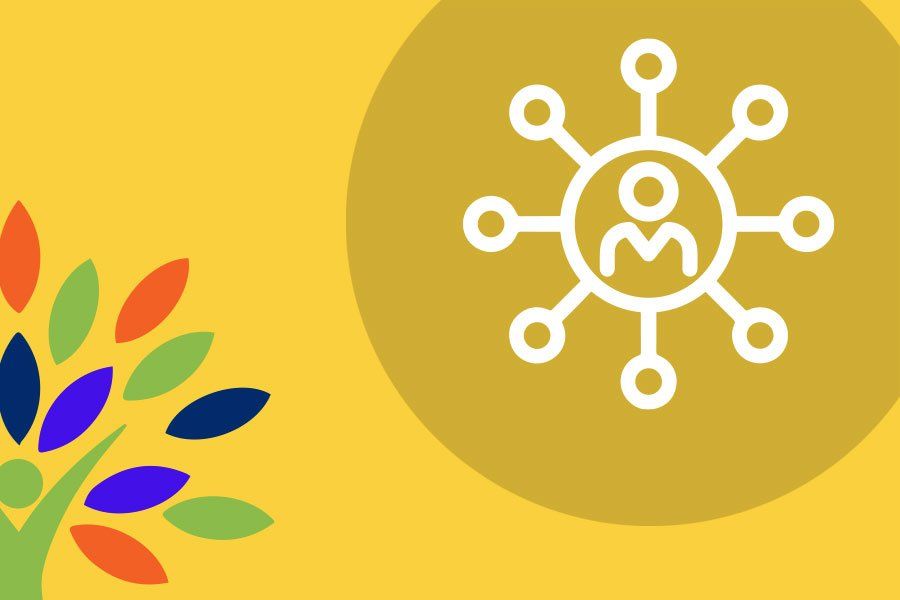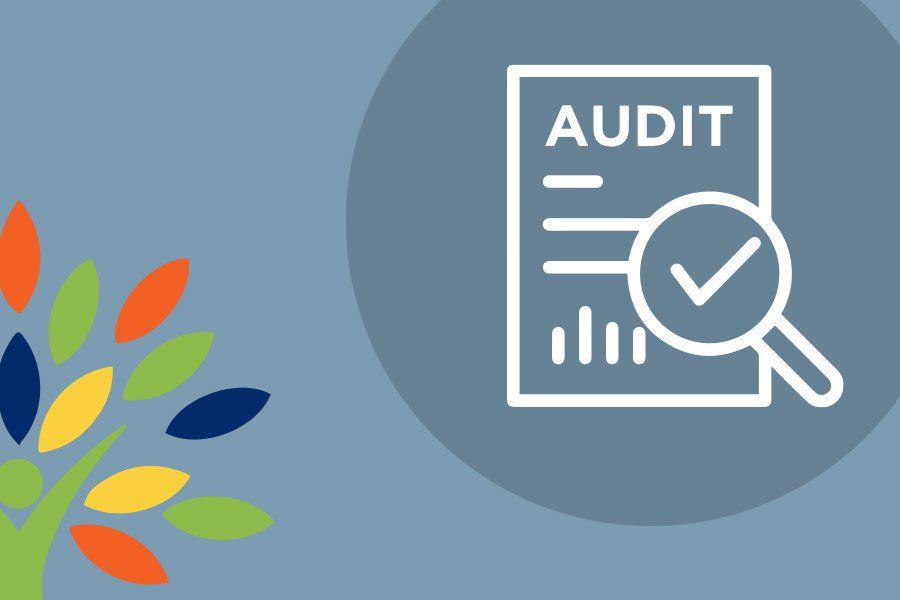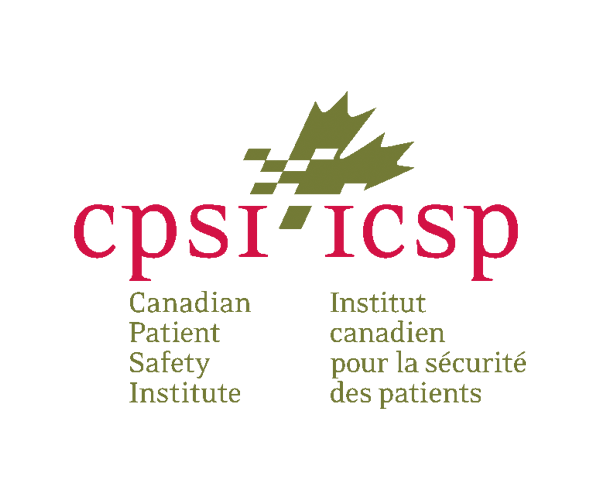Infection Prevention & Control Resources
Produced by the Ontario Health Central Region
Community Support Services Sector IPAC Consultant
Frequently Asked IPAC Questions
Your IPAC consultant Dale answers your most common questions below!
-
Why is active screening of staff and clients for symptoms recommended?
Screening staff/clients for signs and symptoms of communicable diseases to identify potentially infectious individuals is part of Routine Practices.
Active screening of clients is ideally performed at the point of entry into a facility. Screening can either be passive or active. Passive screening occurs when employees assess their own risk factors and decide for themselves whether they may enter their workplace.
Active screening means the employer must collect and review information to determine whether an employee can enter their workplace.
Reference:
https://www.ontario.ca/page/screening-covid-19-guidance-employers
-
What are the different levels of medical masks?
The IPAC Recommendations for Use of PPE for Care of Individuals with Suspect or confirmed COVID-19 references medical or surgical/procedure masks with an ASTM level 1-3.
The 3 classifications under the American Society for Testing and Materials (ASTM) all have similar particulate filtration efficiency and are most different with respect to fluid resistance that may occur with body fluid splashes/splatters as experienced in health care settings.
Level 1 (low) – e.g., venous pressure splash
Level 2 (moderate) – e.g., arterial pressure splash
Level 3 (high) – e.g., high-velocity procedures, orthopedic surgery.
This means that any ASTM rating (1-3) is appropriate for COVID-19 and the level is mostly around splash protection. What is most important is that the mask is well-fitted and snugly covers the nose and under the chin without gaps. As always, individuals should conduct a point of care risk assessment (PCRA) or a personal risk assessment before each interaction and may determine that a higher level of personal protection is justified.
References:
COVID-19 medical masks and respirators: For health professionals - Canada.ca
-
What does it mean to be up to date and fully vaccinated for COVID-19?
People are up to date with their COVID-19 vaccines when they have followed the recommendations listed in Table 1.
The recommendations will be different depending on the person’s age, health status, and which vaccines they have received.
Up to date means a person has received all recommended COVID-19 vaccine doses, including any booster dose(s) when eligible.
Fully Vaccinated means, a person has received dose 1 and dose 2 of COVID-19 within the last 6 months.
Reference:
Proof of COVID-19 vaccination | ontario.ca
-
Why should consideration be given to limit room occupancy to allow for physical distancing during gatherings and in break rooms/cafeterias?
The 3Cs (Closed spaces, crowded places, and close contact) can increase the risk of transmission of COVID-19 from an infectious individual.
The risk may be higher, particularly in break rooms where staff are more likely to be unmasked while eating and drinking thereby without source control.
Reference:
https://www.publichealthontario.ca/-/media/documents/bp-rpap-healthcaresettings.pdf
-
Where is the appropriate place to don and doff PPE?
A risk assessment must be done before each interaction with the patient/resident/client or the environment to determine which personal protective equipment (PPE) is required to prevent transmission during the interaction.
PPE should be donned (put on) just prior to the interaction typically just outside the patient room and the PPE should be doffed (removed) and disposed of in the appropriate receptacle following the interaction.
Ideally, PPE should be removed immediately at the exit of the patient/resident/client space. However, if there is a lack of space (e.g., less than a 2-meter distance from the client/patient/resident), staff may remove gown and gloves within the room at the exit and then exit the room and remove facial protection which includes mask/respirator and eye protection just outside the room.
Some considerations regarding the donning and doffing area would be a) alcohol-based hand rub is easily accessible b) appropriate receptacles i.e., garbage for disposable PPE, a bin for linen if cloth gowns are used, and c) waste receptacles are not adjacent to clean supplies to avoid contamination.
Reference:
-
What are the PPE recommendations for screeners?
Consider having a designated area for screening. Screening generally involves transient distanced interactions, typically with masked individuals, and does not often involve close or direct contact. For those conducting screening not involving direct contact:
If able to maintain a spatial distance of at least 2 m or separation by a physical barrier, Routine Practices are appropriate which currently include universal medical masking for healthcare workers.
If unable to maintain a spatial distance of at least 2 m or separation by a physical barrier, appropriate PPE includes a well-fitted medical mask, isolation gown, gloves, and eye protection.
Reference:
Personal Protective Equipment against COVID-19: Medical gowns - Canada.ca
-
What are the differences between a cleaner and a disinfectant?
Cleaning/cleaners remove soil and other materials such as blood or body fluids.
They must:
- be approved by ES, IPAC, and Occupational Health;
- be used according to the manufacturer’s recommendations;
- be used as part of a 2-step process, followed by disinfection with a healthcare-grade disinfectant.
Disinfectants rapidly kill or inactivate most infectious agents. Only use to disinfect and not as a general cleaning agent unless it is a combined “cleaner-disinfectant”
They must:
- be approved by ES, IPAC, and Occupational Health;
- have a drug identification number (DIN);
- be used according to the manufacturer’s instructions
Reference:
-
What are ABHRs?
This stands for alcohol-based hand rub. ABHR is safe, effective, and the preferred way of cleaning hands when hands are not visibly soiled.
LTCHs and RHs need to continue to select and provide safe, effective ABHR and ensure it is available in specific locations within the home.
Select a product with 70-90% alcohol concentration.
If not available, ABHR with 60-90% concentration may be used until you can access ABHR with the 70-90% concentration preferred for health care settings.
Check to make sure the products you are selecting are on the Health Canada list of authorized hand hygiene products or products.
Select products that contain alcohol as the active ingredient.
Select ABHR products containing moisturizers, when possible.
Do not use expired products. Be sure to note the product expiration date when selecting a product.
Do not refill or top-up ABHR containers or dispensers. This is not recommended as it can result in product contamination.
Reference:
Hand Hygiene | Public Health Ontario
-
What is the difference between a rapid antigen test and Polymerase Chain Reaction (PCR)?
A PCR test is one of the most widely used lab tests for finding viruses. The PCR test tells you if the virus is detected (positive) or not (negative). The PCR test is the ‘gold standard" of testing for COVID-19 because it can successfully detect small amounts of the virus with a low chance of error. The collection method is a nose swab, which is inserted deep into a person’s nose.
A rapid antigen test is a test that detects specific proteins on the surface of the COVID-19 virus. These tests can be done at home, work, or school and results can be reported in 15 minutes.
Reference:
-
What is the guidance for staff traveling in a vehicle with clients/patients?
In addition to the tools, parts, and equipment required for the job, take the following on your trips:
• Supplied cleaners or disinfectants
• Disposable gloves, gowns, booties, and hair coverings for use in care, cleaning, and disinfection
• Disposable garbage bags
• Face masks
• Hand sanitizer with at least 70% alcohol
• Tissues
Keep your distance:
• Minimize the number of passengers with the driver to one passenger in a standard-sized vehicle, including a king cab pickup truck, and two passengers in a van with two benches.
• Maximize the distance between the individuals inside the vehicle.
• The passenger in a four-door or standard-sized vehicle should sit in the back seat opposite the driver.
• Avoid using the recirculated air option for the car’s ventilation. Use the car vents to bring in fresh outside air.
•If possible, drive with the windows open to maximize the airflow.
• Avoid unnecessary contact with frequently touched surfaces such as door frame/handles, windows, seatbelt buckles, steering wheel, gearshift, signaling levers, and other vehicle parts before cleaning and disinfection.
• All personnel should handle their own personal bags and belongings during loading and unloading.
• Cohort teams for sharing rides and limit intermixing for team travel.
• Use PPE as required for the situation, whether it be contact, droplet, or airborne precautions.
Vehicle cleaning and disinfecting
Clean and disinfect commonly touched surfaces of the vehicle at the beginning and end of each trip and between transporting passengers.
Equipment, such as handheld computers, scanners, toolboxes, and cart/dolly handles used to haul equipment should also be sanitized. Ensure that cleaning and disinfection procedures are followed consistently and correctly, including the provision of adequate ventilation when chemicals are in use.
Doors and windows should remain open when cleaning the vehicle. When cleaning and disinfecting, individuals should wear disposable gloves compatible with the products being used as well as any other personal protective equipment (PPE) required according to the product manufacturer’s instructions.
For hard, nonporous surfaces within the interior of the vehicle such as hard seats, armrests, door handles, seat belt buckles, light, and air controls, doors and windows, and grab handles, clean with detergent or soap and water if the surfaces are visibly dirty prior to disinfectant application.
For frequently touched electronic surfaces, such as tablets or touch screens used in the vehicle, remove visible dirt, then disinfect following the manufacturer’s instructions for all cleaning and disinfection products. If no manufacturer guidance is available, consider the use of alcohol-based wipes or sprays containing at least 70% alcohol to disinfect.
Gloves and any other disposable PPE used for cleaning and disinfecting the vehicle should be removed and disposed of after cleaning; after removal of gloves and PPE, wash immediately with soap and water for at least 20 seconds, or use an alcohol-based hand sanitizer with at least 70% alcohol or soap and water. Have a small trash bag to dispose of soiled gloves, towels, and wipes; be sure to dispose of trash at the end of each shift.
Once a vehicle has been cleaned and disinfected, avoid cross-contamination from the outside. This is especially important when refueling. A driver should also wipe down the fuel card, especially if it is a shared card.
Still have IPAC questions and concerns?
Contact your Ontario Health Community Support Services IPAC Consultant today!
Dale Moses, BASc CPHI(C)
Dale Moses, Ontario Health Community Support Services IPAC Consultant for
Central and Central West
Virtual Site Visits
One on One support
Information tailored to your organization
Would you like one on one support?
Your Central Region CSS IPAC Consultant is here to help!
Contact him today to book IPAC education, consultation, audits, or to ask a question.
Subscribe to the IPAC Mailing List
Contact Us
Welcome to the IPAC mailing list. Thank you for subscribing!
You'll recieve timely updates targeted to your sector.
Oops, there was an error sending your message.
Please try to resubmit your information.
Infection Prevention and Control (IPAC) Resources

Helpful IPAC Links
Subscribe to our mailing list
Our newsletter and updates are available for staff and family caregivers.













